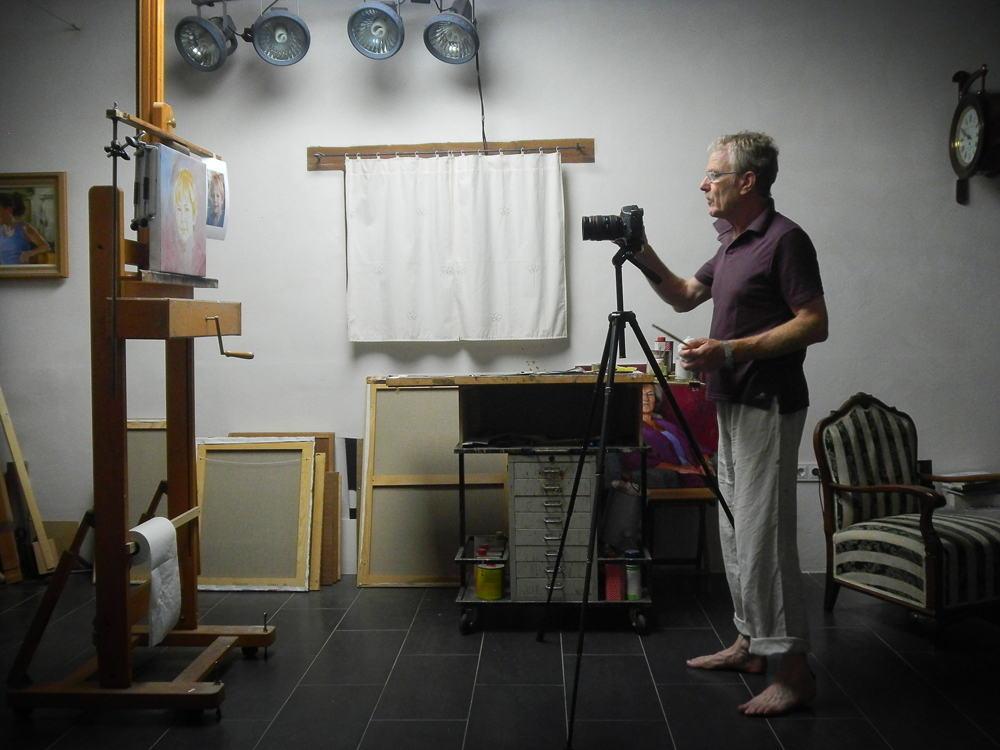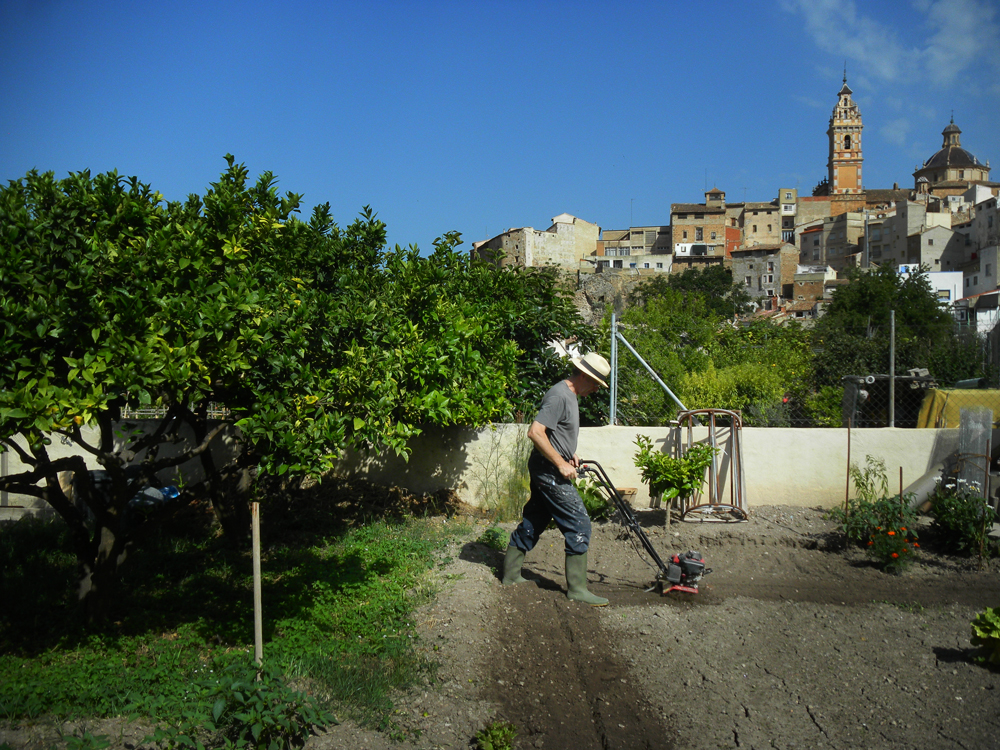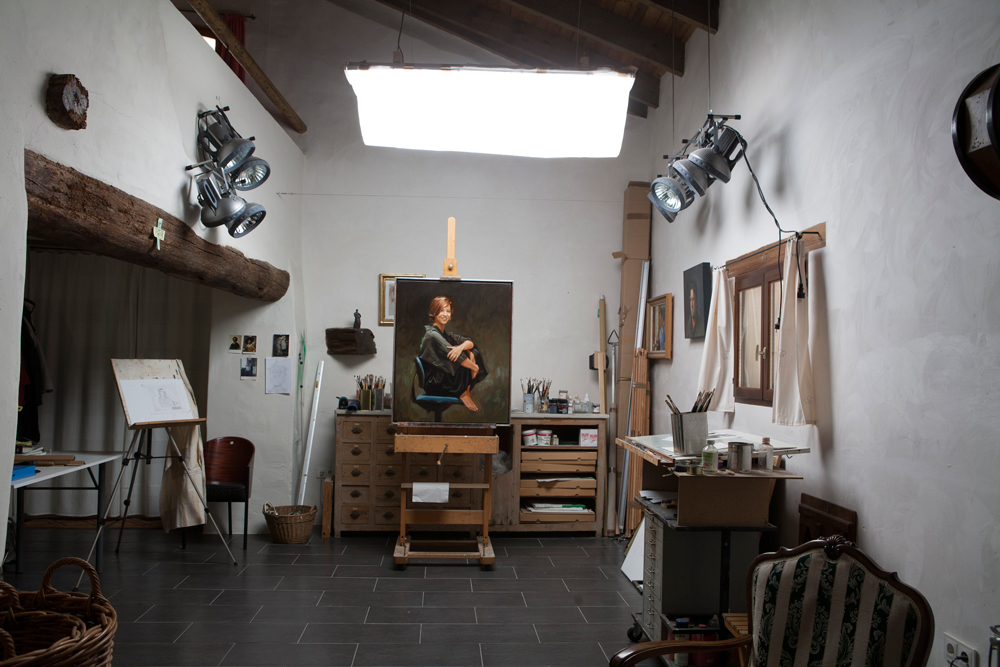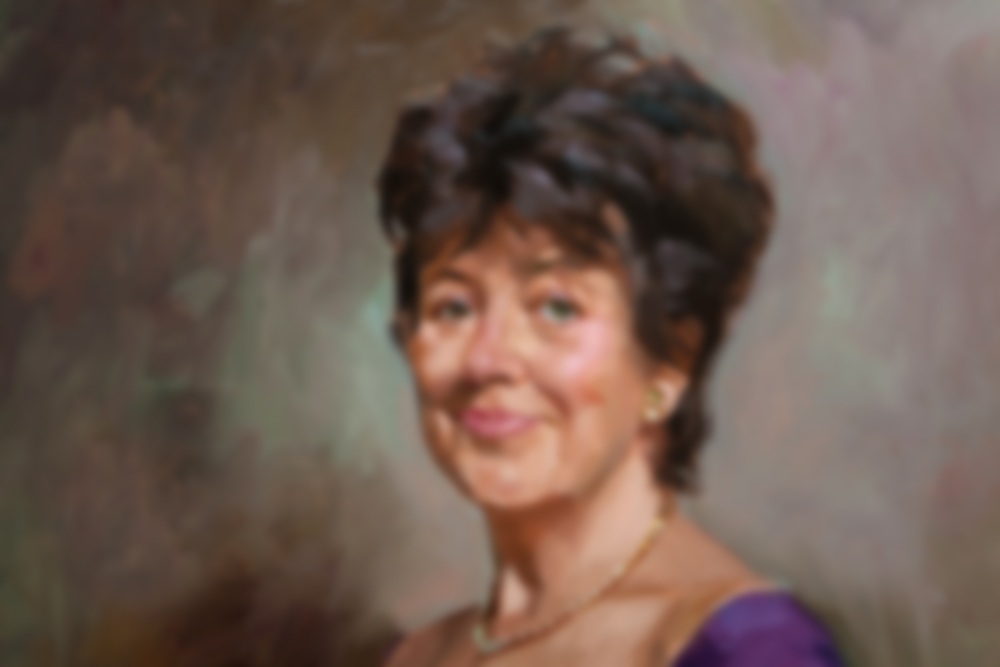This weekend I was off to England and not much time was left to write on my blog.
I was out for a portrait commission of a family of two little children with their parents. Saturday and sunday I was the family´s guest. Without preconceived idea I arrived at their home. I knew the mother wanted an outdoor setting. Initially, it was raining so the plans seemed to fall through, but Sunday afternoon the sun came out. The last hour of my visit I had the opportunity to do a good outdoor session. My job for a commission especially with young children is to win the everyone´s trust as quick as possible. Also of those two most sweetest, and very lively children. During the sittings they will have to do what I say. Always that´s a big challenge. And the parents sometimes are stressed if everything will turn out successful. So I did my best to reassure everybody. The photo session turned out well, I have some lovely pictures of a lovely family. Soon I can start making the sketches.
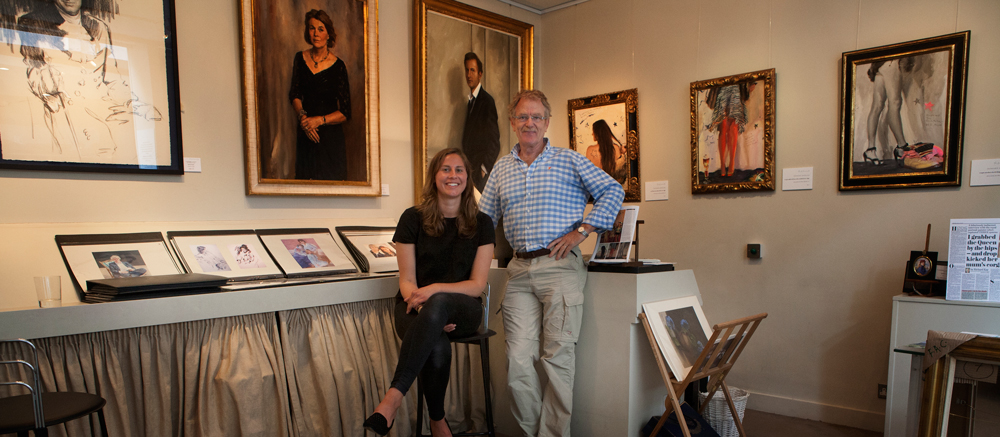
On my return trip I also paid a visit to Fine Art Commissions, my excellent gallery in London.
Now back home and get to work!




